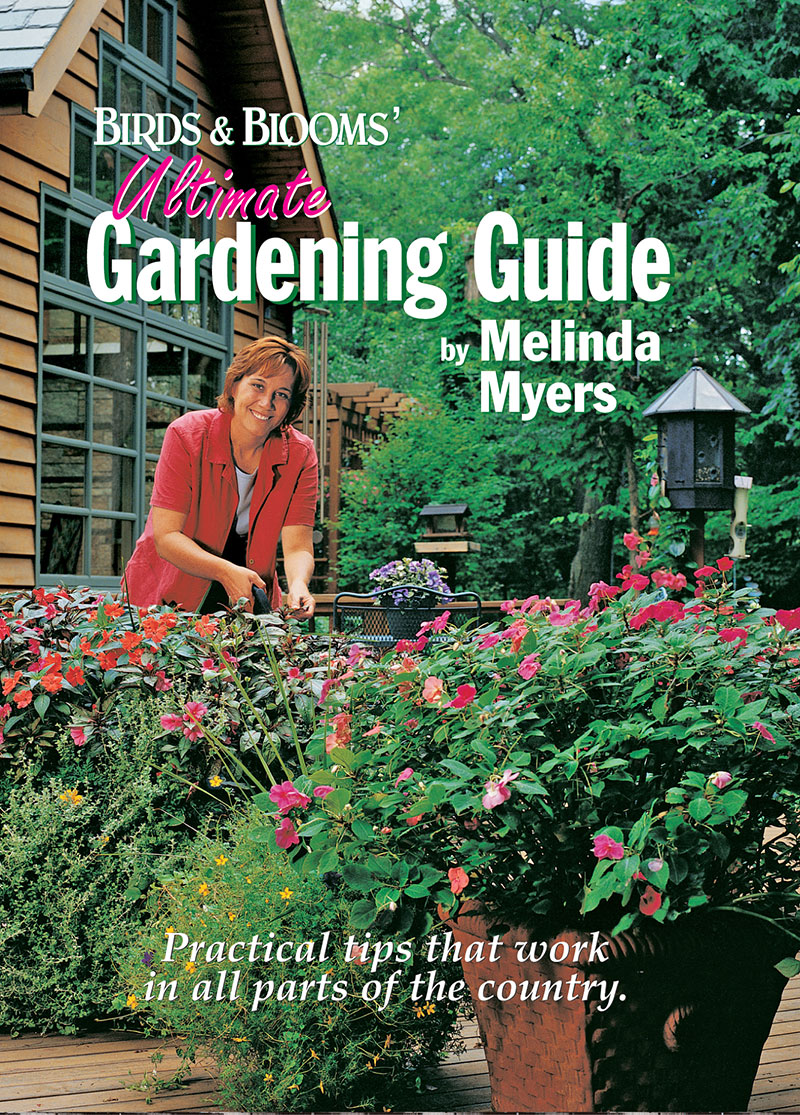What's Your Hardiness Zone?
When scouring catalogues, surfing the internet and reading plant tags and seed packets, you’ll see a hardiness zone listed. This is just one of the factors to consider when selecting a plant for your garden.
Most are referring to cold hardiness zones. These are designated areas based on the average minimum winter temperatures. See the USDA Plant Hardiness map to find your zone. Cold hardiness refers to a plant's ability to tolerate the cold temperatures in that zone.
Heat hardiness zones are used less frequently. It refers to the average number of days with temperatures over 86 degrees. Check out the American Horticultural Society's Plant Heat Zone Map to find your zone.
Perennials, trees and shrubs are rated for their cold and sometimes heat hardiness. Selecting plants that thrive in your zone will increase your gardening success.
A bit more information: Hardiness zones are just one of many factors to consider when selecting a plant. Soil, sunlight, wind and other factors are also important in growing healthy plants. When looking at the hardiness maps you can see where topography, elevation and large bodies of water influence the high and low temperatures of surrounding areas, causing small variations within larger hardiness zones.
Related

Video

Article

Article
Categories
Upcoming Live Events
& Webinars
April 27, 2024
Ridges & Rivers Book Festival
Viroqua, WI
Register now
April 28, 2024
Flowering Trees and Shrubs
Ebert's Greenhouse Village, Ixonia, WI
May 1, 2024
FREE WEBINAR
Ornamental Fruits and Vegetables
Register now
May 4, 2024
Garden U 2024
New Richmond, WI
Register now
May 9, 2024
FREE WEBINAR
How to Plant Your Rain Garden
Register now
May 11, 2024
Ask The Plant Doctor Q & A
Ebert's Greenhouse Village, Ixonia, WI
May 12, 2024
Ask The Plant Doctor Q & A
Ebert's Greenhouse Village, Ixonia, WI
May 18, 2024
Ask The Plant Doctor Q & A
Ebert's Greenhouse Village, Ixonia, WI
June 1, 2024
Selecting, Planting, Pruning and Caring for Hydrangeas
Ebert's Greenhouse Village, Ixonia, WI
June 5, 2024
FREE WEBINAR
Under-Appreciated Pollinators
Register now
WATCH ON-DEMAND WEBINARS
Learn More

















